“Breaking Out” with House Arrest by K.A. Holt
The ELA Team at Bunger Middle School in Waterloo includes Britt Jungck, Alicia Rogers and Rachel Anderson.
Students at Bunger Middle School embraced the story of Timothy in “House Arrest” by K.A. Holt.
February 29, 2020
Something beautiful happens when you feel backed into a corner…you have nowhere to go but out. This fall, three teachers at Bunger Middle School experienced this phenomena and decided to embrace its power, instead of wallow in the powerlessness that can often plague our profession.
During a typical PLC meeting full of data about closing the achievement gap, analyzing August FAST scores, preparing for upcoming IEP meetings, and detailing more issues that are common among all of our classrooms in the first semester, we looked at each other and said…STOP. We were burnt out and spinning our tires.
We asked our administrators for some rare planning time, which we used to research the gaps in our data and found that our students could really benefit from some experience with poetry. With our population, we knew we had to approach poetry with a purpose, so our PLC dug into some research to find a verse novel that our students could connect to emotionally and academically…and the clouds parted one day when we decided on House Arrest by K. A. Holt.
Told in verse, this novel features a 12 year-old male, writing a journal to his probation officer, as a court-ordered exercise due to his crime, which was stealing a wallet to pay for prescription drugs for his extremely ill infant brother. His father recently abandoned the family, they are working-poor, and Timothy is ANGRY.
One of our students raised her hand slowly and said, ‘Wow. This could be a lot of kids I know.’
On the very first day in class, one of our students raised her hand slowly and said, “Wow. This could be a lot of kids I know.” My heart immediately said…BINGO.
Packed with emotional punches, this novel is broken into 52 “weeks” which makes it easy to read in bite-sized chunks. Figurative language drips from each stanza, along with multiple opportunities to teach text features. Additionally, our team took a leap and decided to teach anaphora, imagery, emotional IQ, and symbolism as part of this unit. These are terms we had never taught in sixth grade, as they are seen as pretty advanced concepts.
[Our students] have fallen in love with Timothy.
As of our last formative assessment, 78% of our students are proficient in anaphora! They are rising to the occasion. Why? They’ve fallen in love with Timothy. Timothy who desperately wants to yell at his dad for leaving them (and they can relate). Timothy who just wants to save his little brother (just as they look out for their siblings). Timothy who is growing up far too quickly (much like our babies).
So, at our PLC last week, we went back to the data, and we had great things to report. The Winter FAST assessment posted much higher than typical growth. We are pretty sure that’s due, in large part, to the great literature we were able to put in the hands of our students. In the end, students have to connect with what they are reading to make an impact. If you can bridge that gap with a great, relevant book, anything is possible!

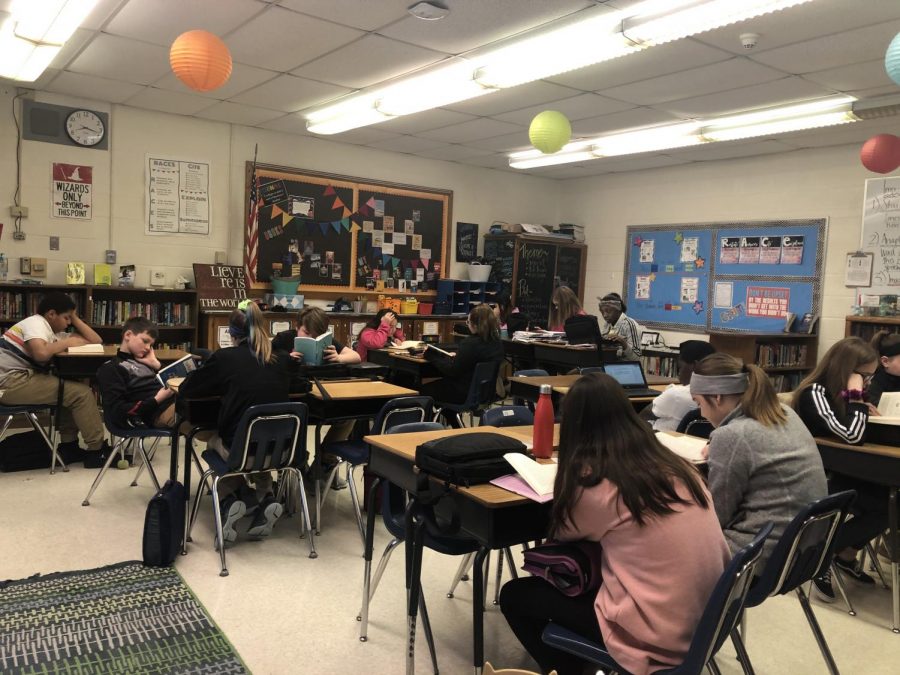




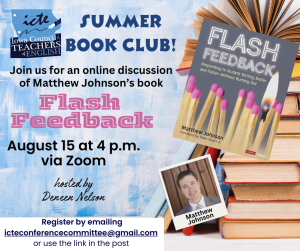



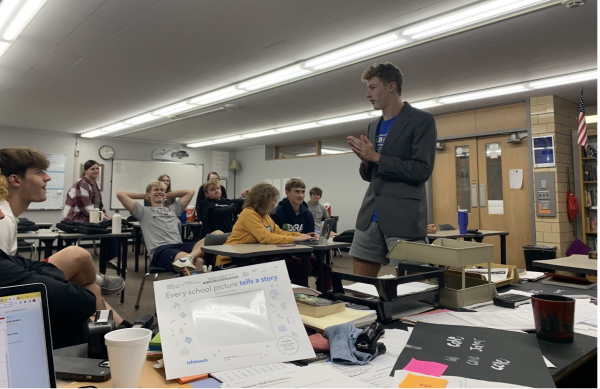
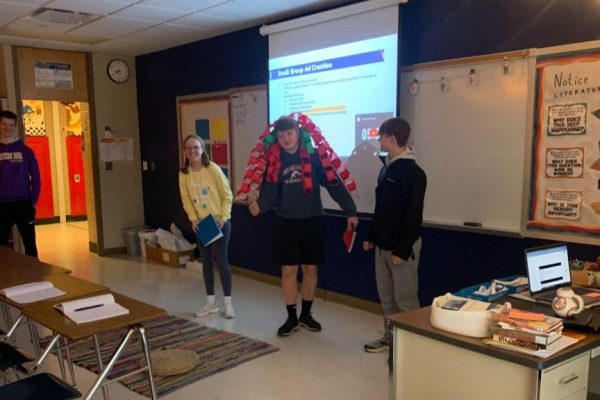
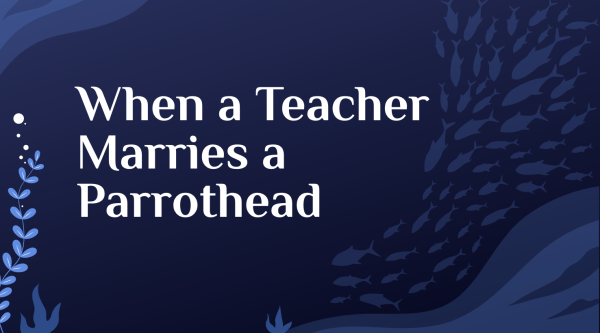
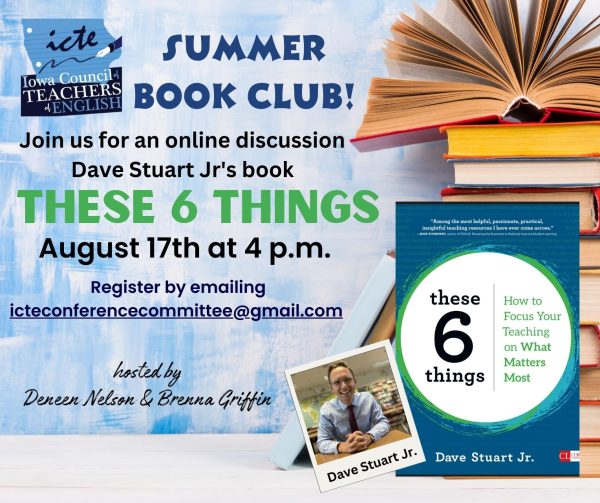
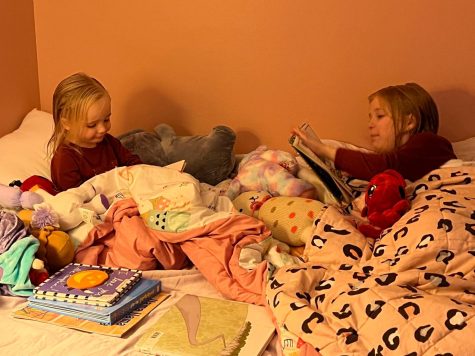

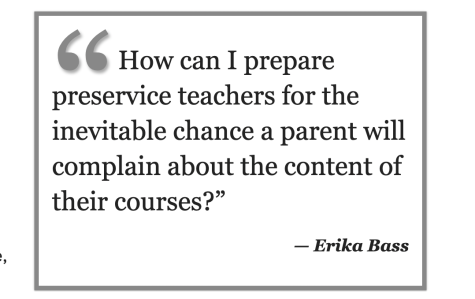
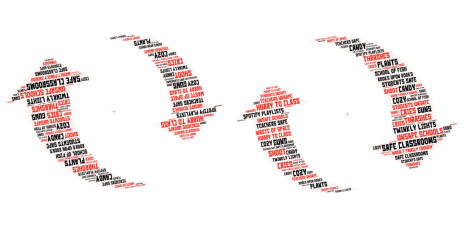


Kim Van Es • Jan 6, 2022 at 8:47 pm
I love, love, love hearing classroom success stories, and this account totally was one! Kudos for finding a way to meet objectives through engaging literature.